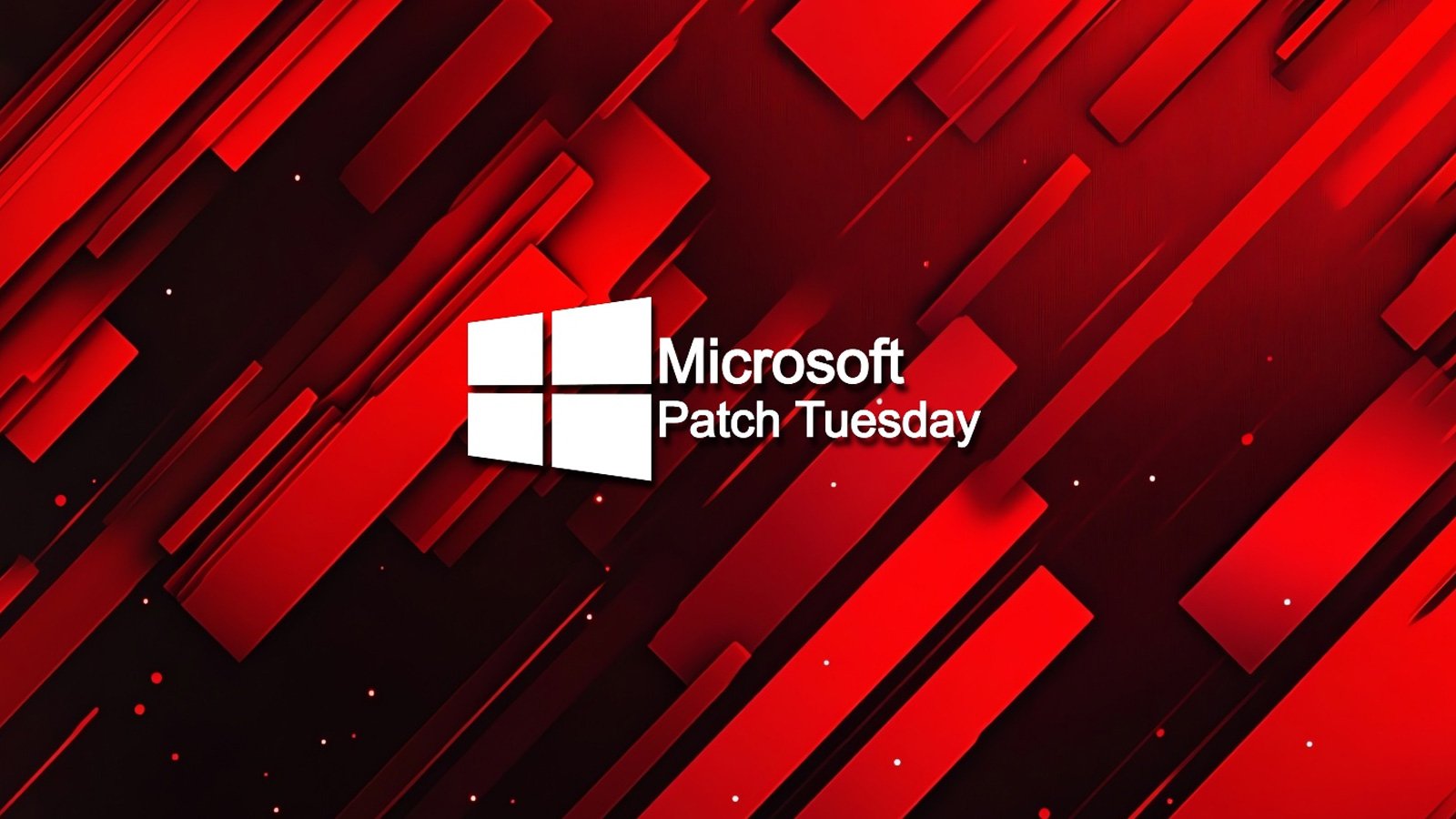
In a significant leap towards accelerating clean energy innovation, the National Renewable Energy Laboratory (NREL), integral to the U.S. Department of Energy’s efforts in promoting energy efficiency and renewable energy research, has unveiled the far-reaching impacts of its advanced computing initiatives in the recently published Advanced Computing Annual Report for Fiscal Year (FY) 2023.
NREL’s dedication to high-performance computing (HPC), optimizing data center operations, and innovative visualizations has distinctly empowered the clean energy sector. The FY 2023 was especially notable as the laboratory’s operations team was deeply engaged in the installation and activation of the new Kestrel HPC system. This state-of-the-art system has significantly boosted NREL’s computational capabilities, enabling support for over 300 renewable energy projects across the diverse technological arenas governed by the DOE’s Office of Energy Efficiency and Renewable Energy.
The introduction of Kestrel marks a monumental advancement. This computing powerhouse is set to deliver over five times the computing power of its predecessor, Eagle, upon full configuration. Its revolutionary heterogeneous architecture merges CPU-only and GPU-accelerated nodes, promising unprecedented GPU capacity for workloads. This enhancement is crucial for supporting rapidly evolving applications in artificial intelligence (AI) and broadening the horizons for computing in renewable energy research.
Ray Grout, the center director of NREL’s Computational Science Center, emphasized the vital role of computational strategies in the global energy transition. He highlighted how HPC is not just propelling fundamental scientific breakthroughs but is also key in translating these advancements into tangible, real-world solutions. With the operationalization of Kestrel, Grout confidently asserts that the future of renewable energy research and innovation is fortified, promising a brighter, more sustainable energy future.
The Advanced Computing Annual Report delves into the significant contributions of advanced computing to critical DOE research projects, showcasing how these technological strides have played a pivotal role in shaping the future of renewable energy. Highlights from the report and the full documentation are made publicly accessible, offering insights into the groundbreaking achievements facilitated by NREL’s advanced computing capabilities.
Furthermore, NREL’s initiative underscores the laboratory’s ongoing commitment to leveraging computational science in addressing the complex challenges of energy efficiency and sustainable energy. By harnessing the power of advanced computing, NREL continues to pioneer innovative solutions that hold the promise of transforming energy systems and fostering a cleaner, more resilient energy landscape.
Readers interested in exploring the depths of NREL’s advanced computing applications and contributions to clean energy can access more detailed information about their initiatives and achievements through the links provided in the report.
Source






